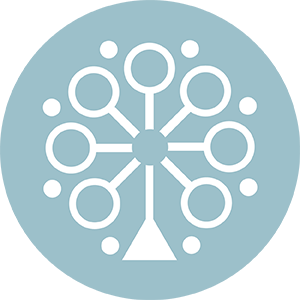Seasonal Affective Disorder (SAD) and How to Lessen the Symptoms
Seasonal Affective Disorder (SAD) is a type of depression that occurs at specific times of the year, typically during the winter months when daylight hours are shorter. It’s characterised by symptoms such as:
Low energy or fatigue
Changes in sleep patterns (often sleeping more)
Changes in appetite (craving carbohydrates)
Difficulty concentrating
Feelings of sadness or hopelessness
Loss of interest in activities you once enjoyed
Here are some ways you can alleviate the symptoms:
1. Light Therapy
Use a Light Box: Sit near a light therapy box that mimics natural sunlight for about 20-30 minutes each morning
Full-Spectrum Bulbs: Consider using full-spectrum light bulbs in your home to brighten your environment
2. Get Outside
Natural Sunlight: Spend time outdoors during daylight hours, even if it’s cloudy. Aim for a daily walk if possible
Maximise Daylight: Open curtains and blinds to let in as much natural light as possible
3. Maintain a Routine
Consistent Sleep Schedule: Go to bed and wake up at the same time every day to regulate your body’s internal clock
Structured Day: Plan your days to include activities that you enjoy and look forward to
Regular exercise:Engage in physical activity, which can help boost your mood and energy levels. Aim for at least 30 minutes most days
4. Eat a Balanced Diet
Nutrition: Focus on a diet rich in fruits, vegetables, whole grains, and healthy fats. Omega-3 fatty acids (found in fish, flaxseeds, and walnuts) may be particularly beneficial
Stay Hydrated: Drink plenty of water throughout the day
Vitamin D: Some people find that taking vitamin D supplements helps
If you’re experiencing significant symptoms, it’s important to consult a healthcare professional for personalised guidance and support.
AH Team


